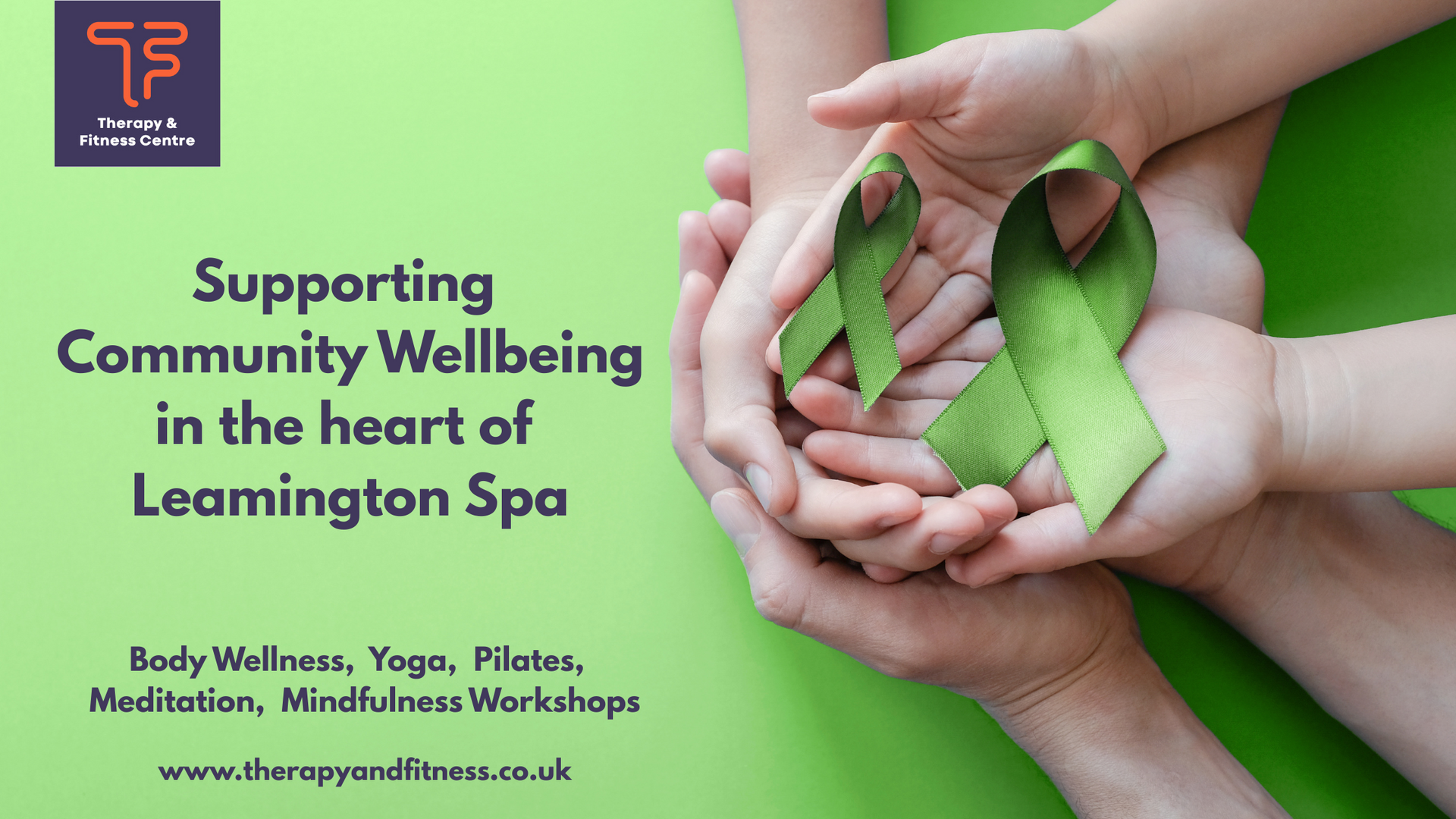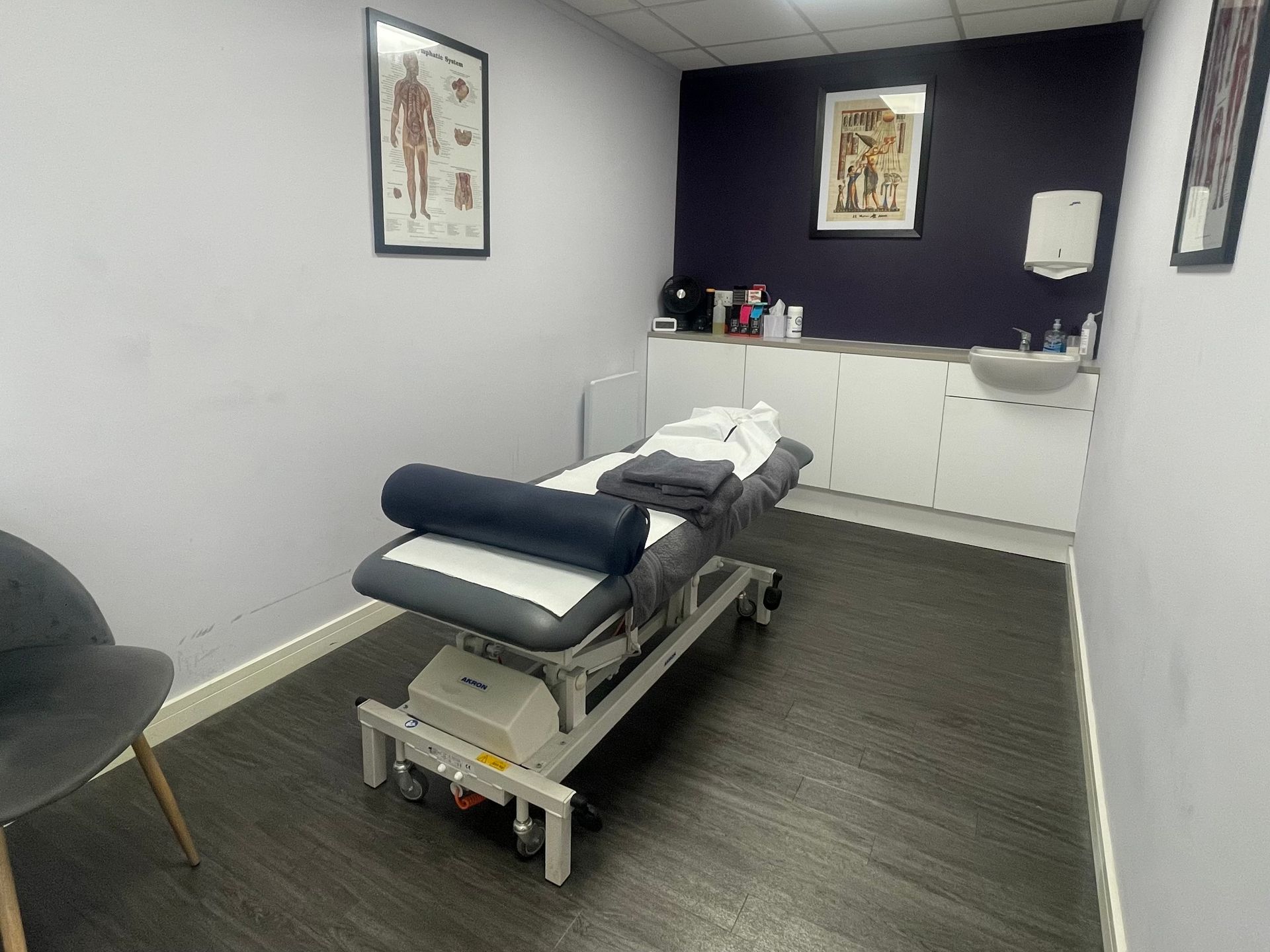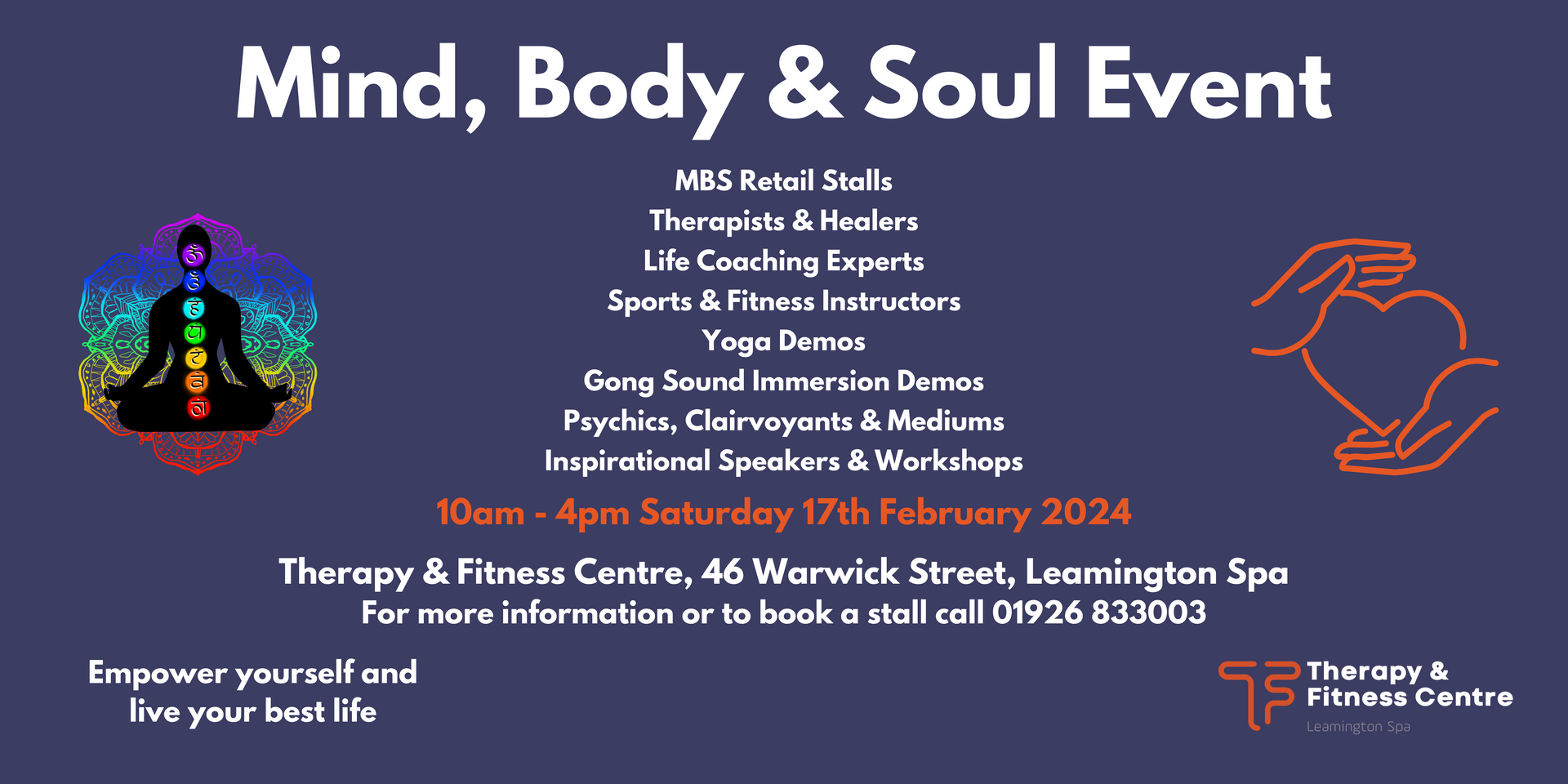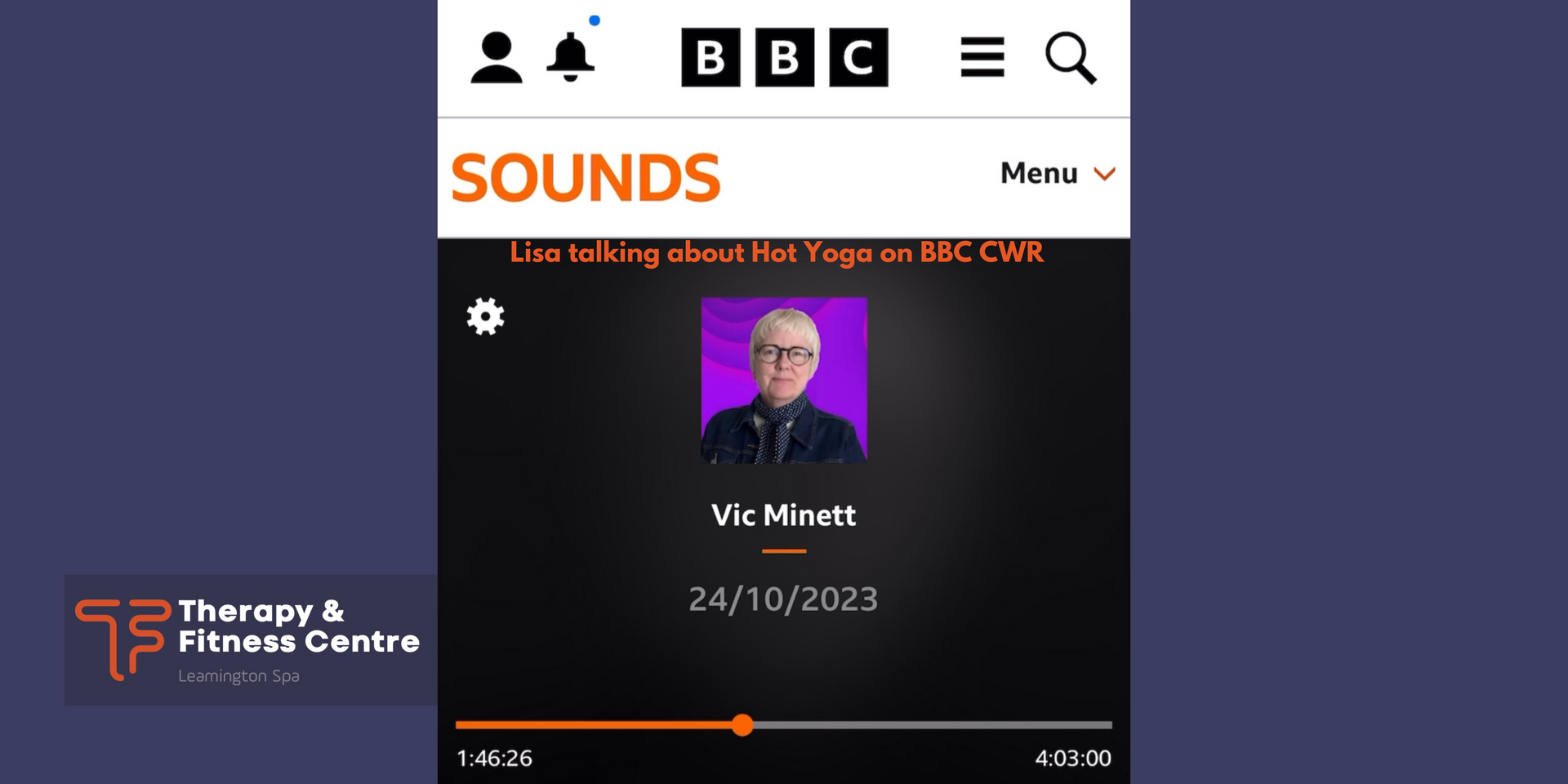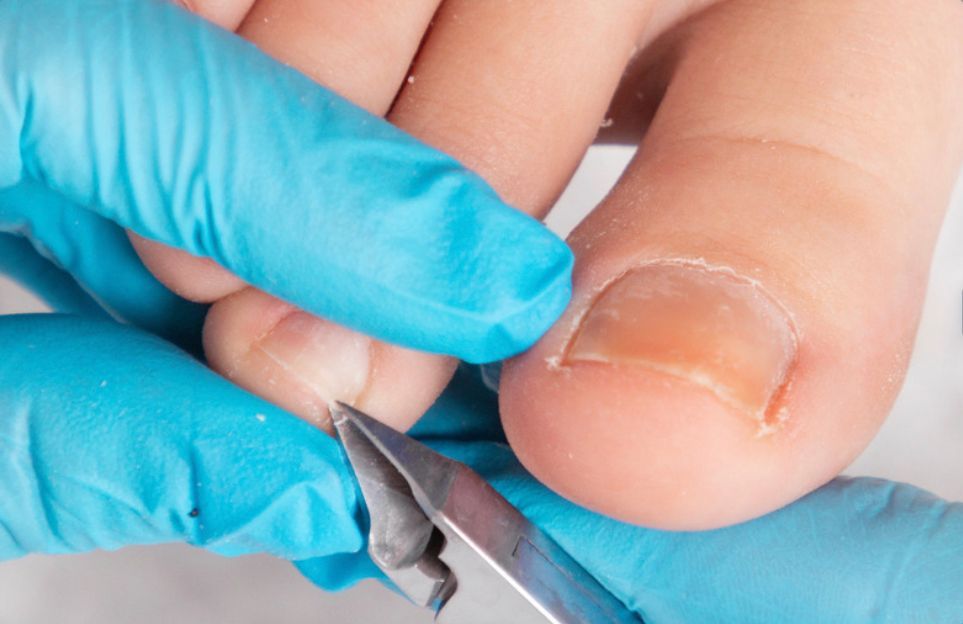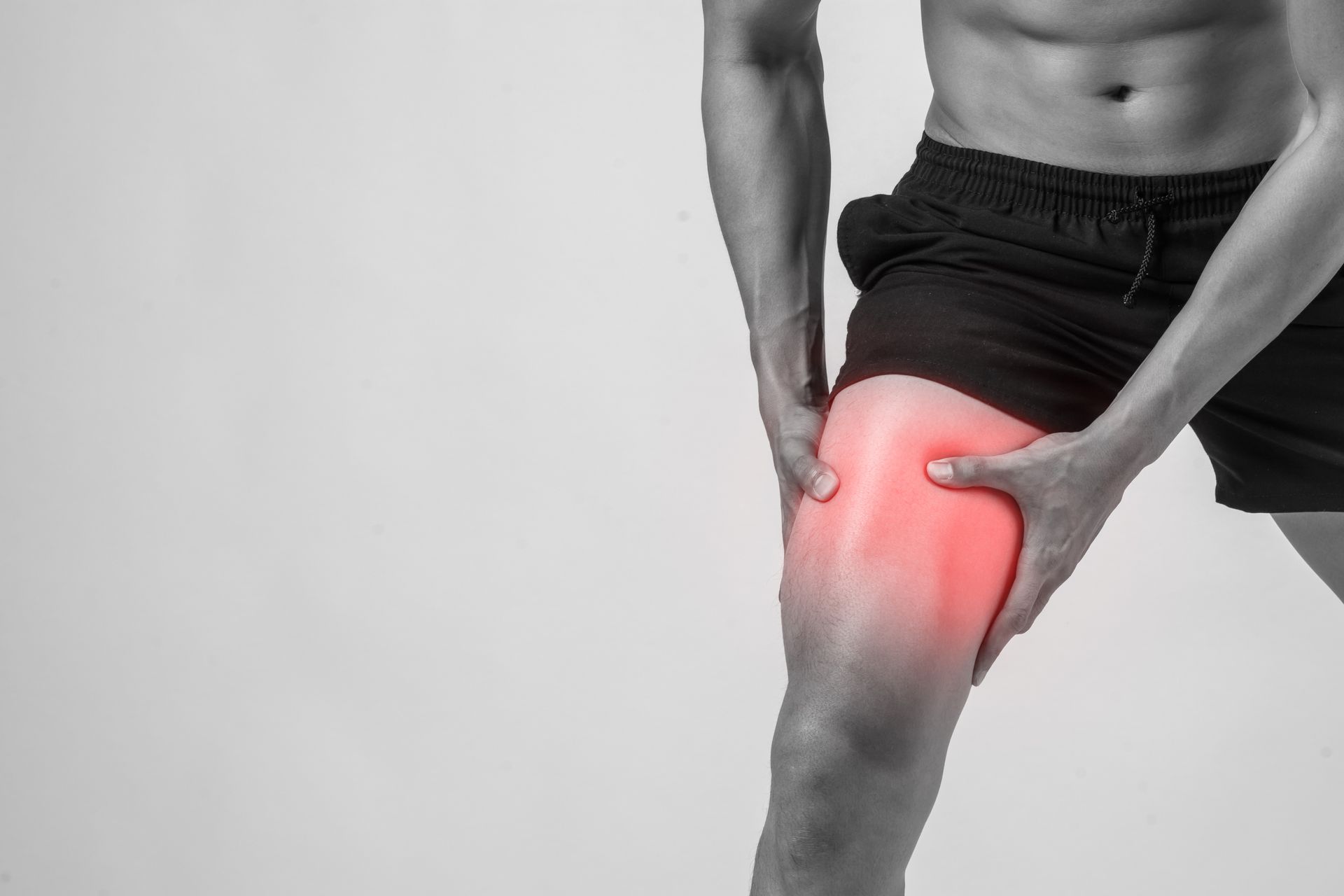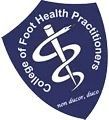Everything you’ve always wanted to know about hypnotherapy
Lisa Moore • August 21, 2019
Everything you’ve always wanted to know about hypnotherapy
Hypnosis is an absolutely natural, trance-like state and we all go into this state several times every day, quite naturally, without giving it a thought – when we’re day-dreaming, driving on “auto-pilot” without remembering anything about the journey, losing track of time, getting absorbed in a film, tv programme, or a book.
During Hypnotherapy you’re in control and aware, but your focus and concentration are heightened, whilst feeling calm and deeply relaxed. It’s one of the most effective ways to overcome negative thinking and achieve positive goals.
Fears, phobias, smoking, stress, lack of confidence – all these and far more can be changed and improved with Hypnotherapy. Spiders, birds, flying, water – fear can control our lives – you may never go on holiday because you’re afraid to fly, or check every corner of the room for spiders, or never go to the gym because you’re embarrassed. When you’ve had Hypnotherapy, you don’t have to love the thing you feared, just be indifferent to it. It’s no longer important to you.
When problems affect our lives to the point that we’re unhappy with ourselves, unable to move forward after a relationship breakup, feeling unwell as a result of smoking or lack of exercise, afraid to go on holiday because we may have to fly, anxious about the pain of childbirth, unable to get promotion because we lack presentational skills, unable to push ourselves to run that extra mile, worrying about studying and exam-taking, unable to sleep – that’s the time we turn to Hypnotherapy if we really want to make changes in our lives in the most mentally and physically relaxing way possible.
No matter how many daft films you may have watched where you see someone being hypnotised against their will, this simply can’t happen. No one can ever be hypnotised if they don’t want to be. You’re in control at all times and can’t be made to say or do anything you don’t want to, or make any change you don’t want to make.
Imagine that our minds work on two levels. We have a Conscious Mind, which is our judging mind, where we use willpower and logic. We also have a Subconscious Mind where we house our emotions, feelings, imagination and memories. The Subconscious mind doesn’t judge a suggestion, so what goes in throughout our lives stays there, along with the old triggers which set us off. It can give us great messages, but it can also scupper our chances because we keep repeating the same old patterns and habits.
Hypnotherapy can change all that by bringing your Subconscious mind right up to date. For example, you may Consciously want to give up smoking, but your underlying Subconscious just holds on to the same old message that you’ve always been a smoker, responding to the same old triggers, so that’s that. In other words, one part of your mind is fighting the other part. By using the guided, positive, powerful suggestions in Hypnotherapy, we bring your Subconscious mind into the present moment by suggesting that you’re now a non-smoker because you choose to be. It’s all about your choice and your decision.
The skills we learn with Hypnotherapy can enhance and change our lives because when we’re confident about one aspect of our life, it encourages us to make changes in other areas.
“I came to you for hypnosis to solve one problem and ended up solving many!”
During Hypnotherapy you’re in control and aware, but your focus and concentration are heightened, whilst feeling calm and deeply relaxed. It’s one of the most effective ways to overcome negative thinking and achieve positive goals.
Fears, phobias, smoking, stress, lack of confidence – all these and far more can be changed and improved with Hypnotherapy. Spiders, birds, flying, water – fear can control our lives – you may never go on holiday because you’re afraid to fly, or check every corner of the room for spiders, or never go to the gym because you’re embarrassed. When you’ve had Hypnotherapy, you don’t have to love the thing you feared, just be indifferent to it. It’s no longer important to you.
When problems affect our lives to the point that we’re unhappy with ourselves, unable to move forward after a relationship breakup, feeling unwell as a result of smoking or lack of exercise, afraid to go on holiday because we may have to fly, anxious about the pain of childbirth, unable to get promotion because we lack presentational skills, unable to push ourselves to run that extra mile, worrying about studying and exam-taking, unable to sleep – that’s the time we turn to Hypnotherapy if we really want to make changes in our lives in the most mentally and physically relaxing way possible.
No matter how many daft films you may have watched where you see someone being hypnotised against their will, this simply can’t happen. No one can ever be hypnotised if they don’t want to be. You’re in control at all times and can’t be made to say or do anything you don’t want to, or make any change you don’t want to make.
Imagine that our minds work on two levels. We have a Conscious Mind, which is our judging mind, where we use willpower and logic. We also have a Subconscious Mind where we house our emotions, feelings, imagination and memories. The Subconscious mind doesn’t judge a suggestion, so what goes in throughout our lives stays there, along with the old triggers which set us off. It can give us great messages, but it can also scupper our chances because we keep repeating the same old patterns and habits.
Hypnotherapy can change all that by bringing your Subconscious mind right up to date. For example, you may Consciously want to give up smoking, but your underlying Subconscious just holds on to the same old message that you’ve always been a smoker, responding to the same old triggers, so that’s that. In other words, one part of your mind is fighting the other part. By using the guided, positive, powerful suggestions in Hypnotherapy, we bring your Subconscious mind into the present moment by suggesting that you’re now a non-smoker because you choose to be. It’s all about your choice and your decision.
The skills we learn with Hypnotherapy can enhance and change our lives because when we’re confident about one aspect of our life, it encourages us to make changes in other areas.
“I came to you for hypnosis to solve one problem and ended up solving many!”
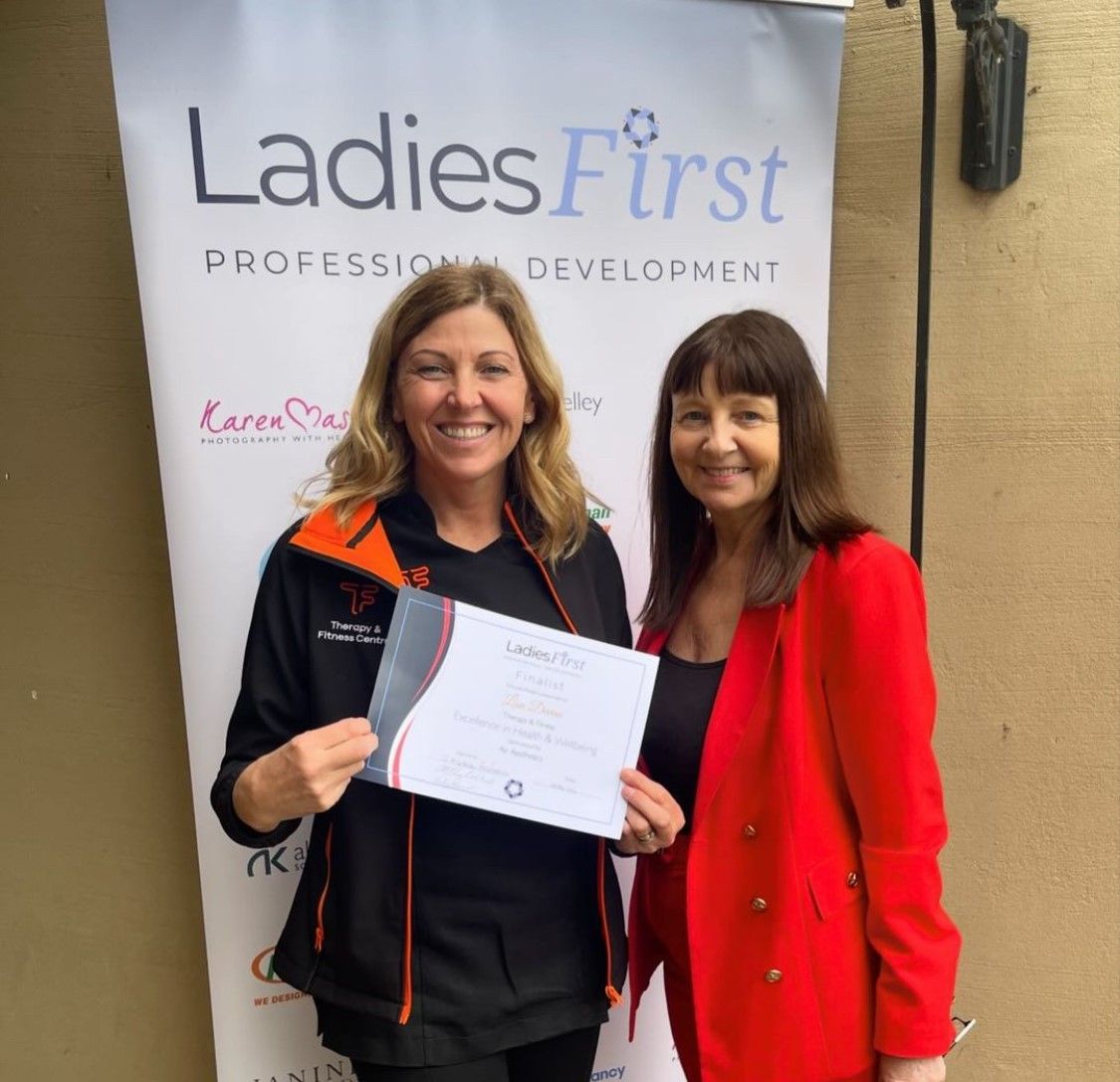
The second time in a row Lisa has been announced as a finalist in the Ladies First Health and Wellbeing category at this years awards ceremony which will be held at the Dallas Burston Polo Club on Thursday 13th June. Last year Lisa won the award which was held at Coombe Abbey Hotel. Will Lisa hold the title for the second year?

Join us every 3rd Tuesday of the month for Bev and her Heart Meditation Drumming Circle from 7pm for beginners and 8.15pm for those who have attended at least twice before. Become more connected with your heart and practice the ancient art of heart beat meditation. Unlocking lower stress levels, conscious breathing and a better nights sleep along with an art of drumming. The heart holds the key to unlocking your true potential. Daf drums, (Frame drums) provided. Join us as we focus on the heart for a £5 - £10 donation to cover expenses and any additional goes to charity. To book your place click HERE .

Whether you’re struggling with the symptoms of everyday stress, or are experiencing a big change in your life that is activating feelings of anxiety, it can have an adverse affect on your emotional and physical wellbeing. When your mind is in turmoil, it can be difficult to figure out how to diffuse the feelings of stress, so why not try taking the focus off the things you can’t control, and instead concentrate on the things you can. At Leamington Therapy and Fitness Centre , we’ve put together this list of our top 8 stress relievers to help you relax.

